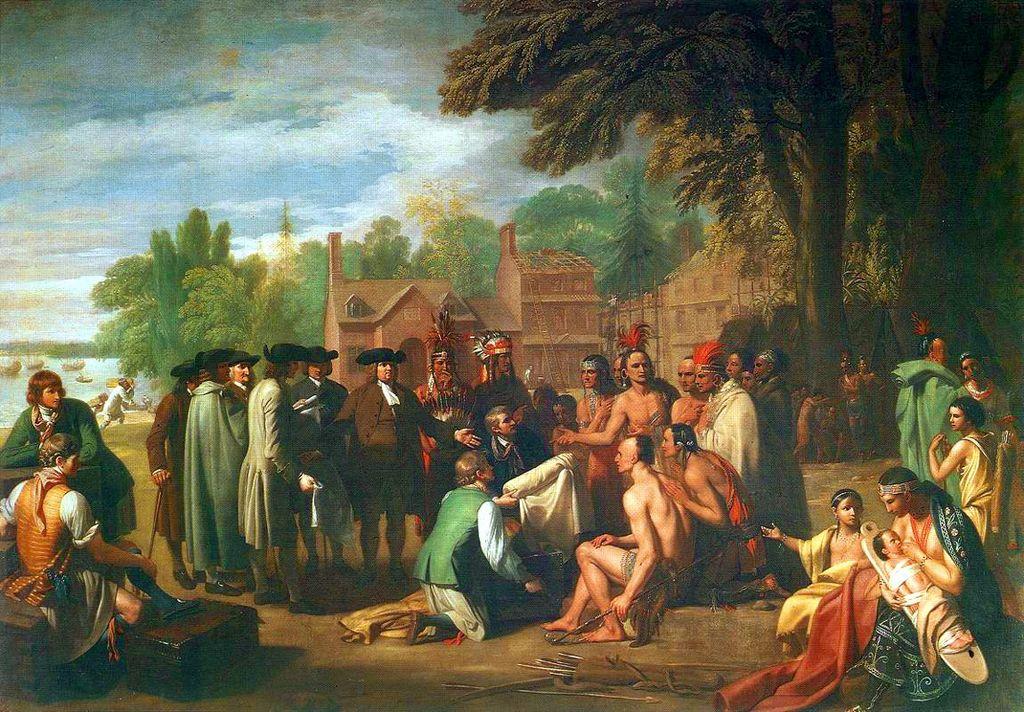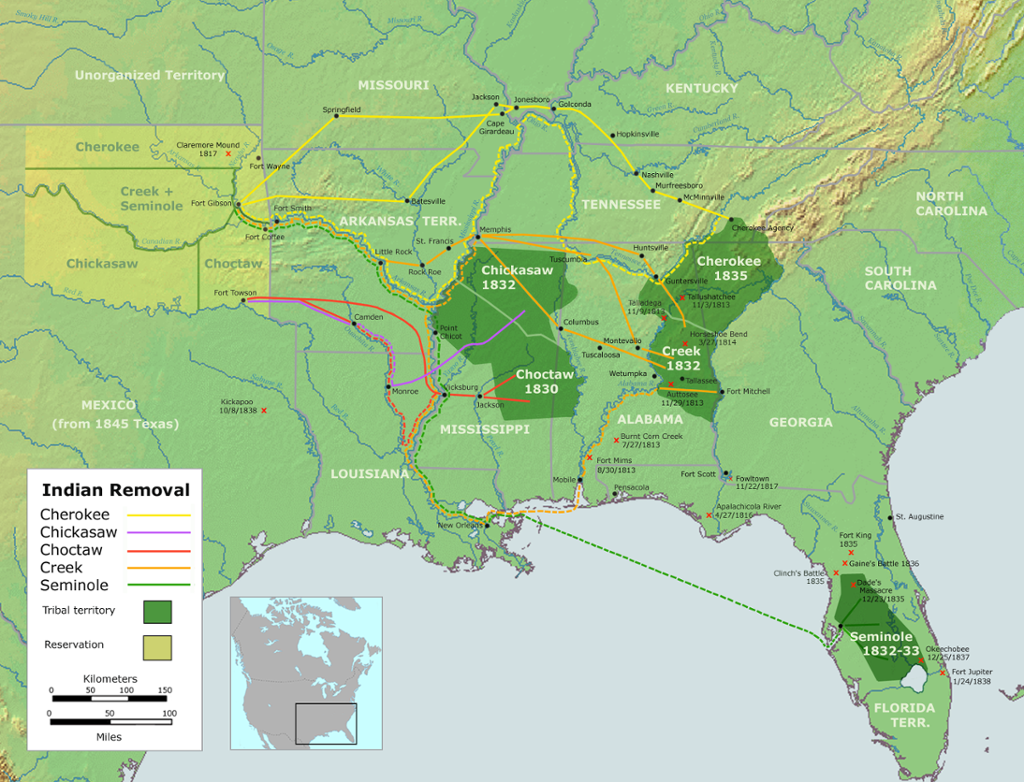Native Americans - Forced Removal

How would you feel if things you once took for granted were no longer yours? How would you feel if things you considered sacred were suddenly a commodity in another person’s eyes? And how would you feel if customs unknown to you suddenly became the norm?
Originally, relations between the Natives and the first settlers of America were friendly. Unfortunately, this changed as more and more of the immigrants arriving needed more space. The settlers brought many things from their mother-countries such as language, customs and traditions, but they also are responsible for introducing diseases to the native population, some of which proved fatal. In 1781 for example, two-thirds of the Blackfeet Tribe were wiped out by smallpox.
The reason it became so easy for the settlers to take the land from Indians was that the tribes never thought of the land as belonging to them. Just as we do not think of owning things such as air, the Natives simply did not understand the concept of owning parcels of land. To them, it was the Great Spirit that had created the land for them to use. They would take what they needed, and the land and its resources would remain for future generations. Yes, the Natives were far ahead of the White Man when it came to environmental issues. Already, many hundreds of years ago, they understood the importance of sustainability when it came to natural resources.
Although both President Jefferson (1800) and Supreme Court Justice John Marshall made it clear through laws and rulings that the Indians had a right to their lands, other Whites did not respect these laws. In 1824 the federal government set up the Bureau of Indian Affairs. This agency was supposed to protect the rights of the Native Americans, supply them with food and other necessities, and keep Whites off their lands. Unfortunately, a lot of the officials of the BIA were rotten apples, and the relationship between the bureau and the Native Americans deteriorated.
In 1830, the Indian Removal Act was passed. During the years from 1830–1840, five tribes, 100,000 Indians in all, were moved by force from some of the most fertile land and hunting grounds in America. They were relocated to Oklahoma, west of the Mississippi River. In other areas, the process became a tragedy. The Seminoles of Florida for example, resisted the move and several thousand lives were lost. The situation was even worse for the Cherokee Indians, who suffered a horrible fate on the Trail of Tears.
Research
Study the map below to get an idea of the vast distances involved.
Source: Trails of Tears
